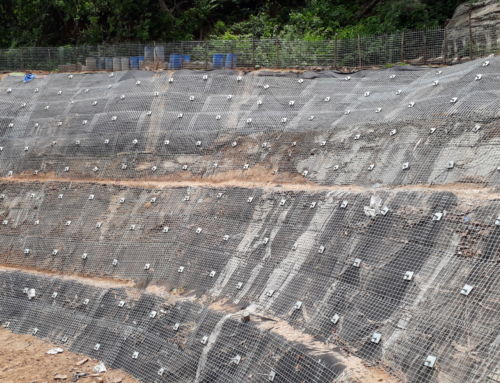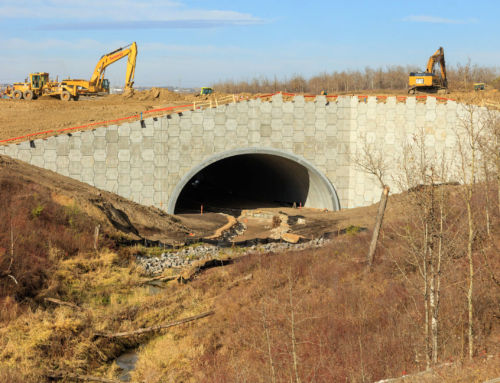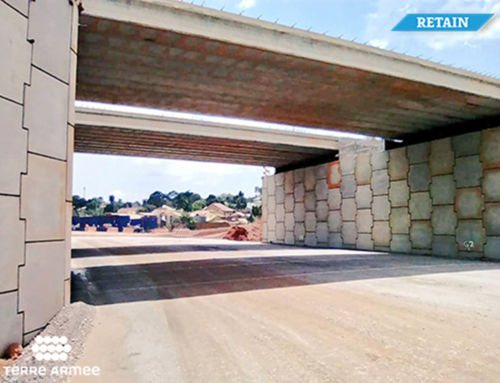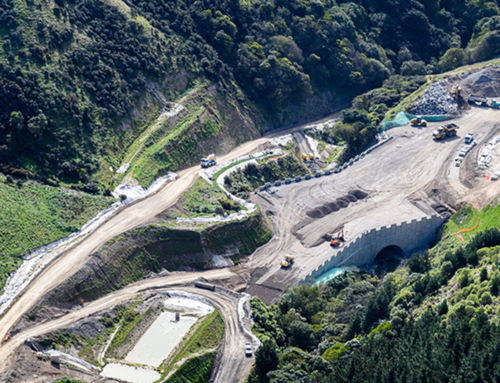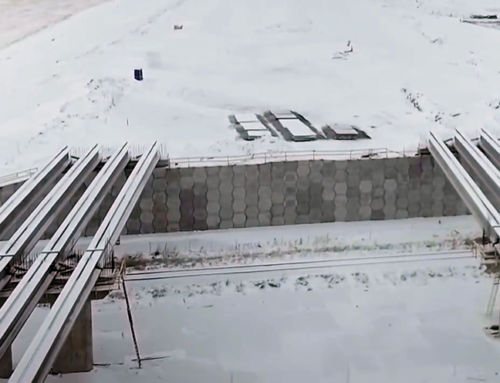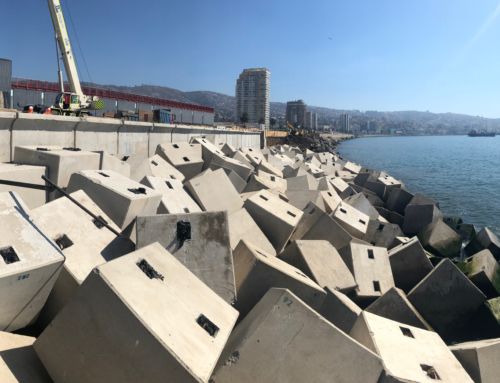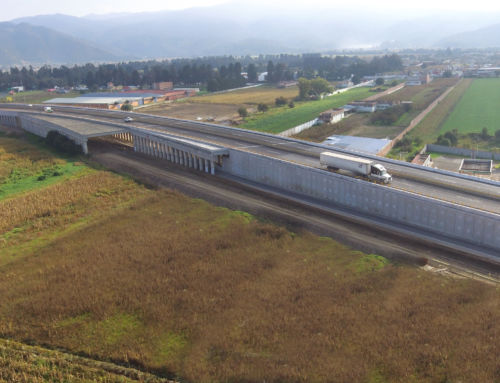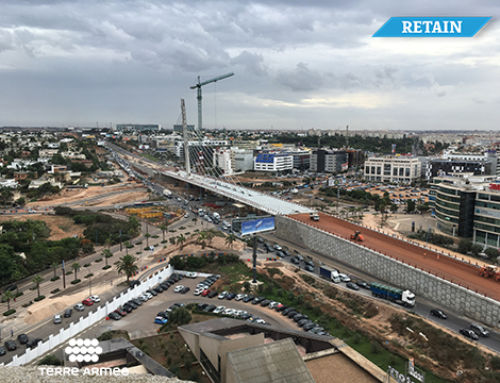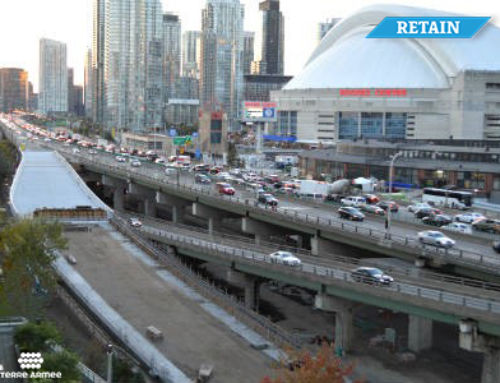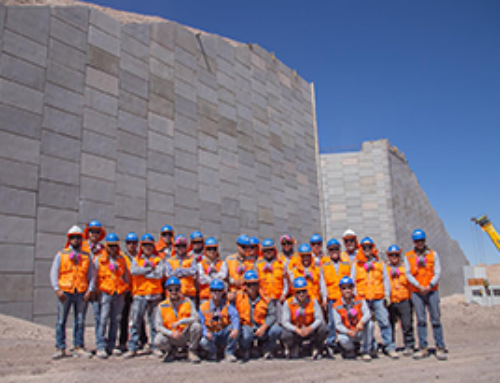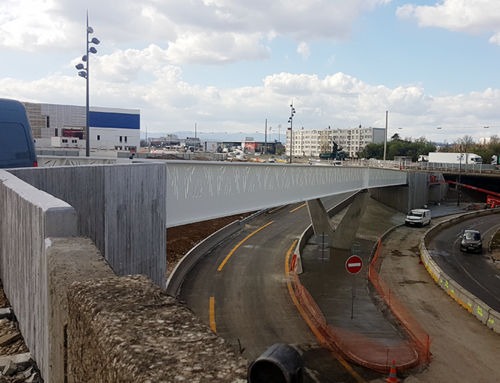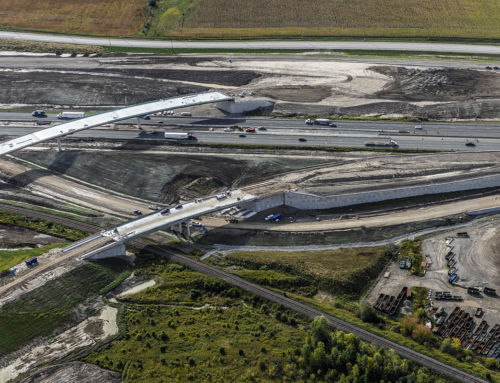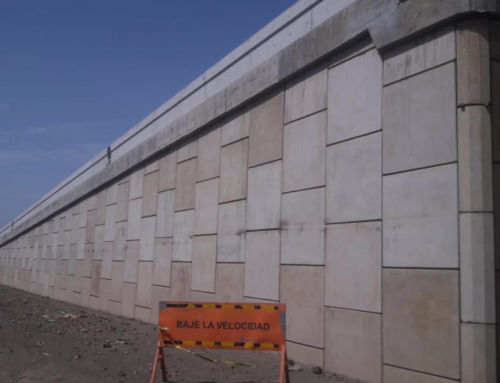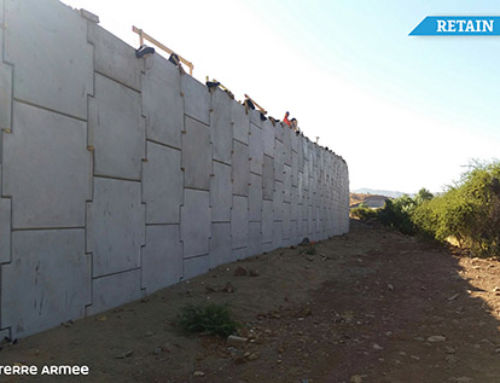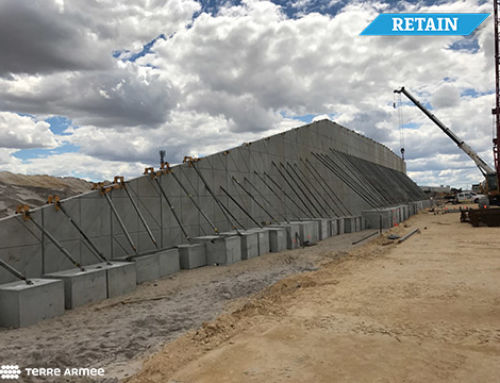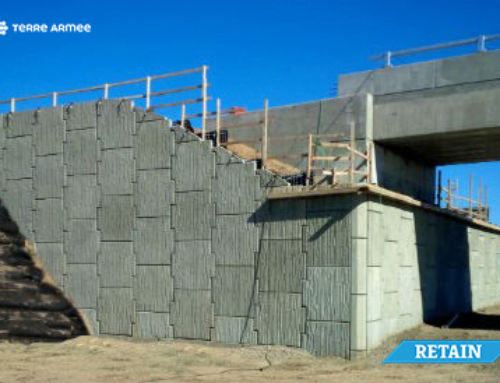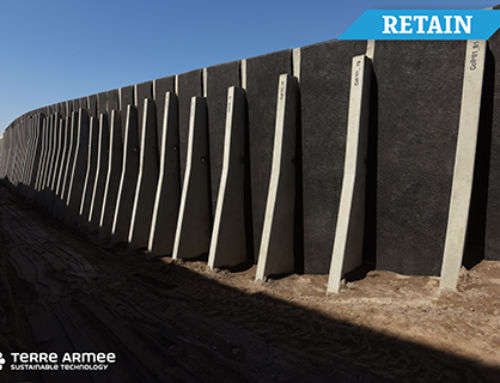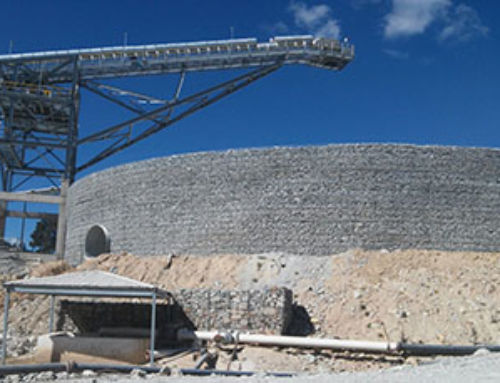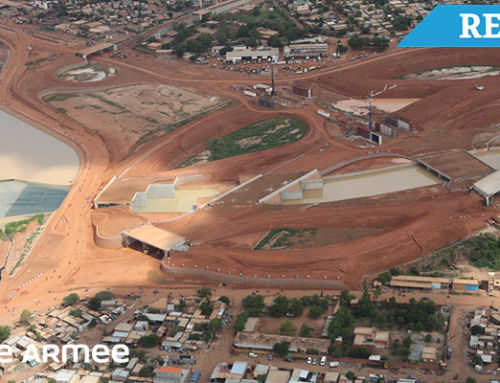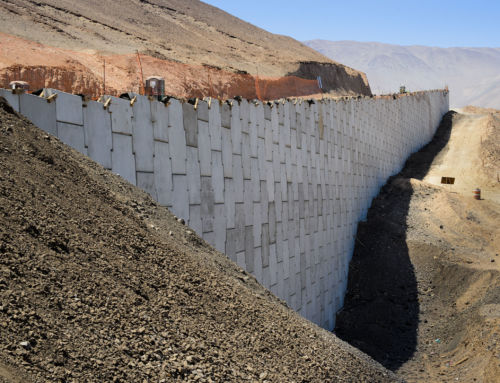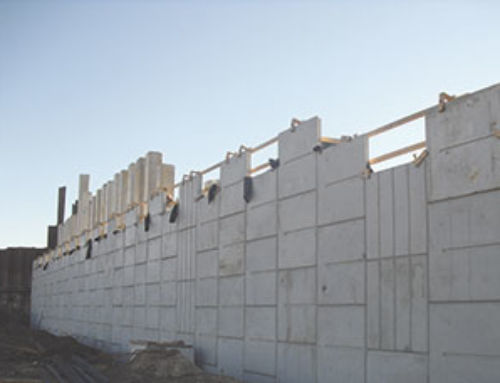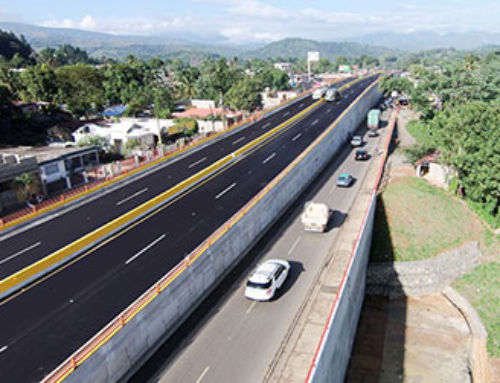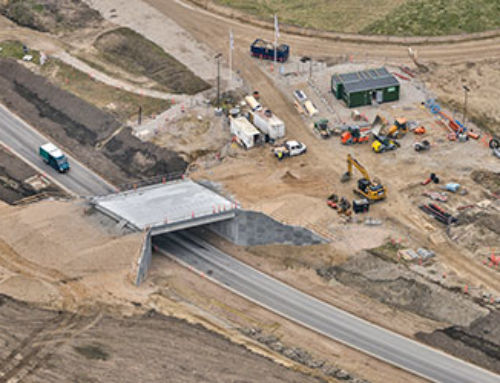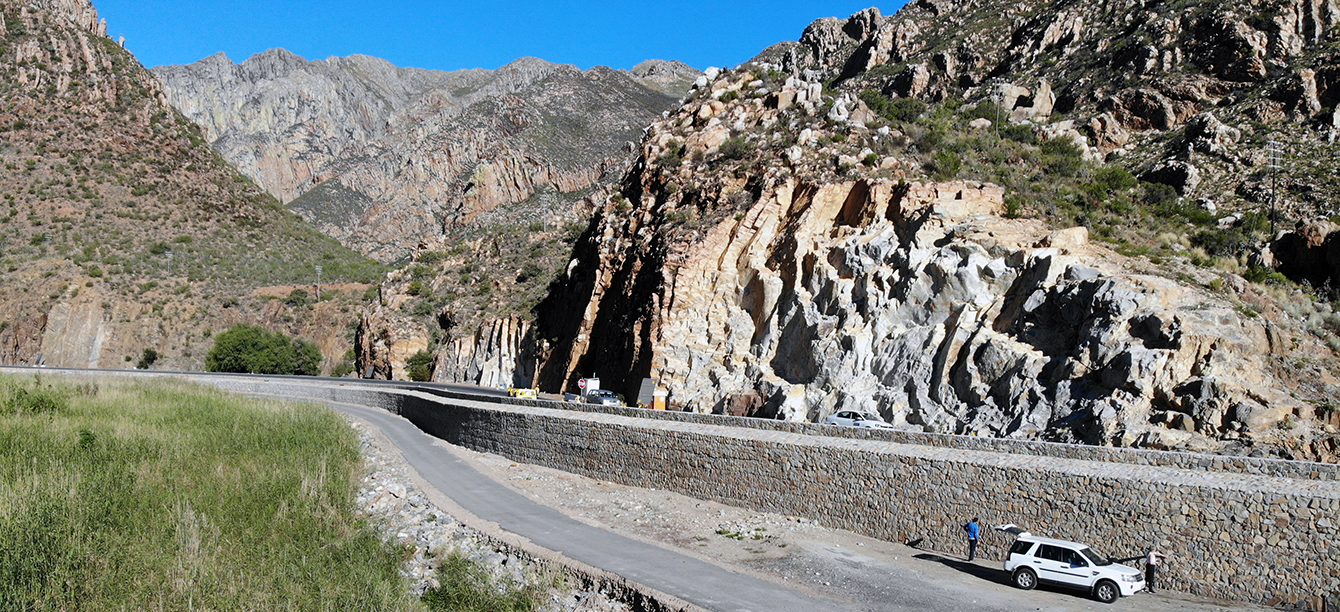
Reinforced Earth system with TerraTrel grid facing for historic pass
In 1877, using a combination of gunpowder and dynamite, a resourceful pass builder named Thomas Bain blasted the oldest solid rock road tunnel in South Africa and built the Cogmanskloof (or Kogmanskloof) Pass.
Between 2016 and 2019, a group of equally resourceful individuals called Reinforced Earth (Pty) Ltd South Africa participated in the rehabilitation of the pass, using a Reinforced Earth® system with TerraTrel® grid facing.
Named after Cogmans, a chiefdom of the Khoekhoe, who populated the area before the arrival of European settlers, the pass and surrounding area are of paleontological, archaeological, geological, and cultural significance.
Connecting the towns of Ashton and Montagu in the Western Cape, the route follows the Kingna River.
The Khoekhoe revealed the original pass to the settlers in the Montagu Valley. It then included two dangerous river crossings and was often flooded; only 150 years later and many deaths from drowning, Bain was commissioned to build a better road.
Fast forward to the 21st century, a Heritage and Environmental Impact Assessment was carried out by the Archaeology Department of the University of Cape Town several years before the commencement of the upgrade of the roads and pass.
Any works carried out needed to preserve the unique historical and scenic character of the pass.
To support the upgraded road running along the Kingna River, Reinforced Earth (Pty) Ltd South Africa, AECOM, and Basil Read partnered up to provide a solution that is functional and simultaneously sensitive to the very specific requirements of the project.
Reinforced Earth® retaining walls with steel and GeoStrap® heights varying between 4 and 11 m were installed to support a 13.4 km section of the road. Parts of the wall were constructed using GeoStrap® strips connected to a back mesh with nail anchors and dowels in the back-rock face.
The stone finish of the walls was designed to blend in with the original historical walls designed and constructed by Thomas Bain.

